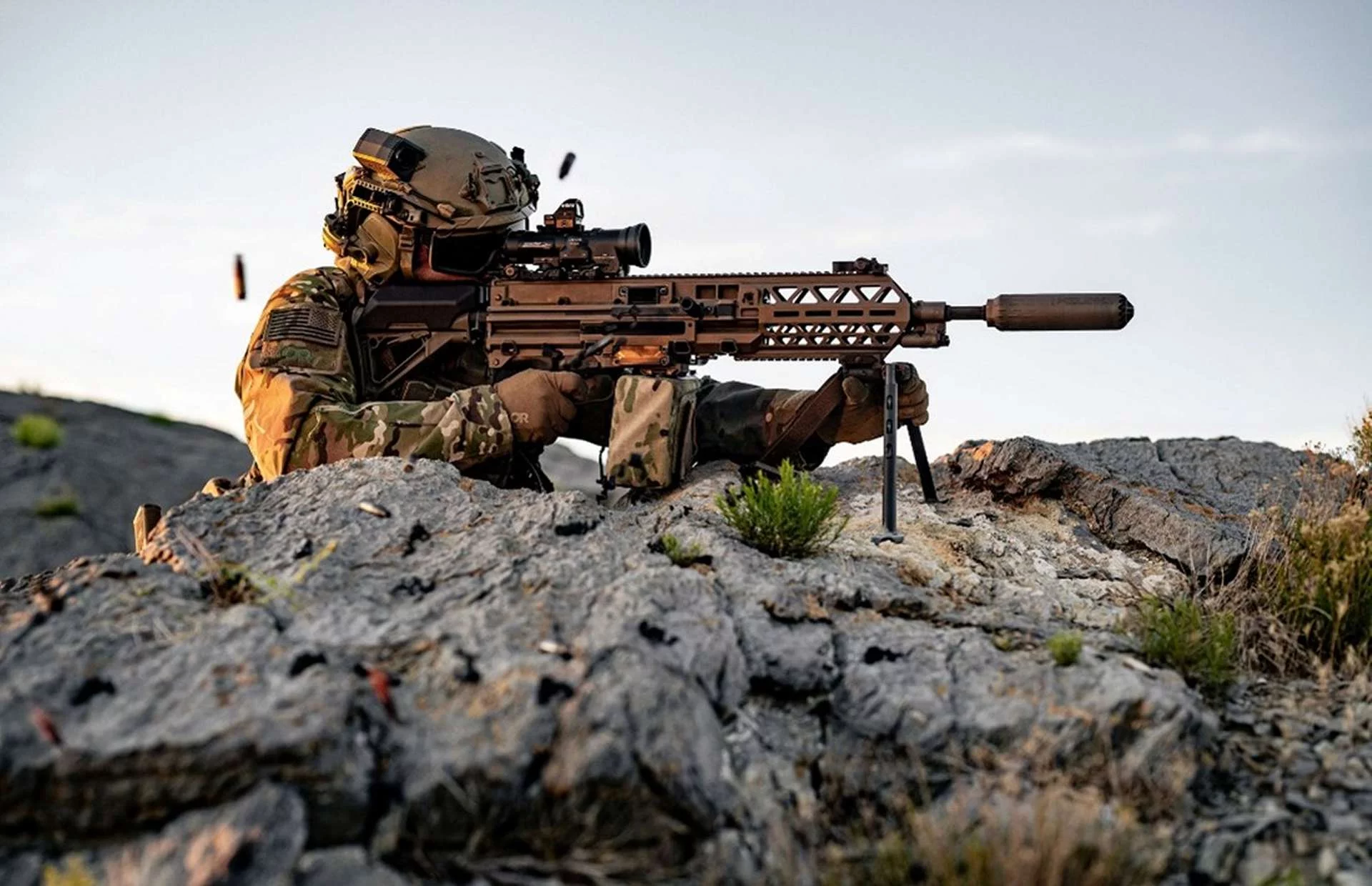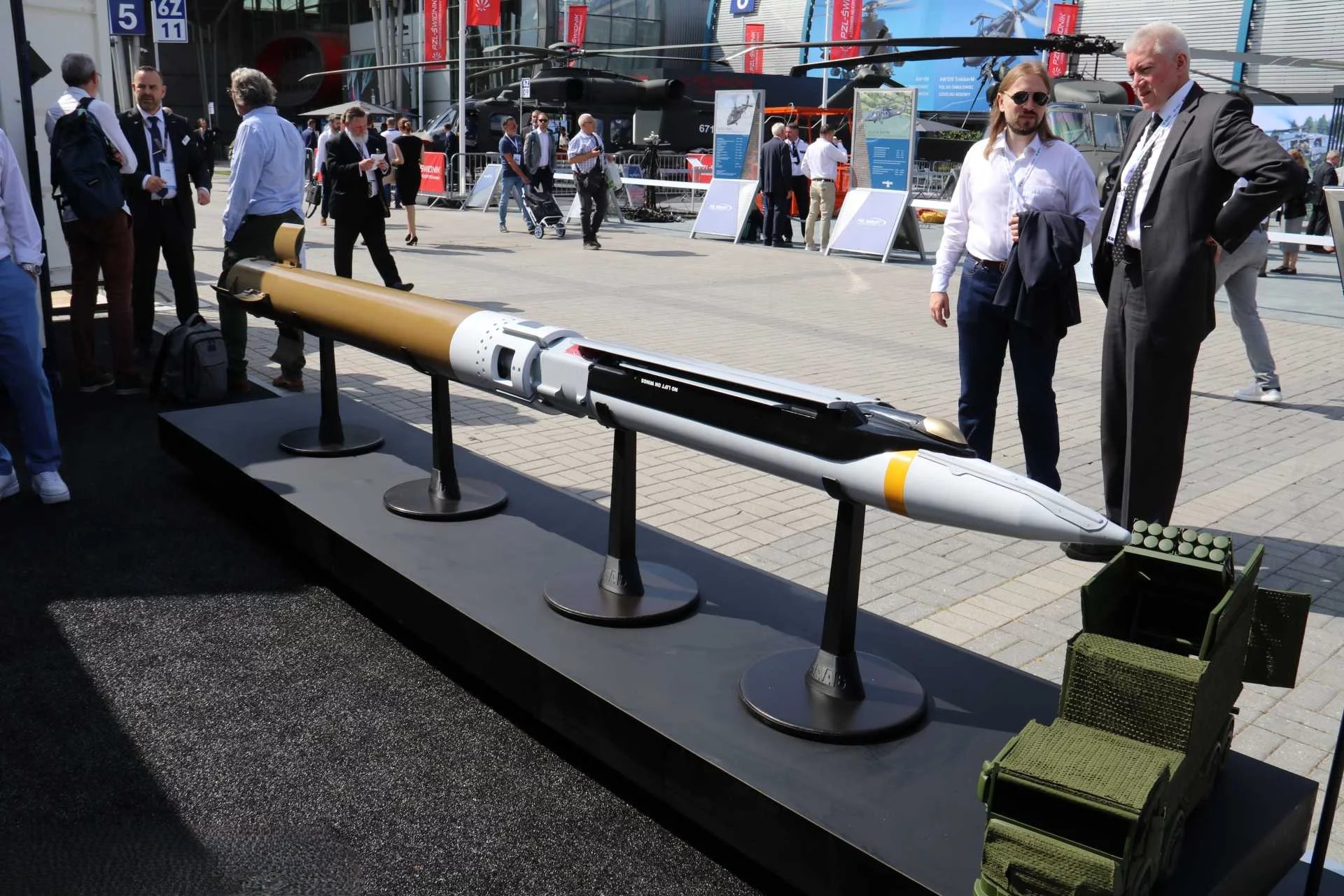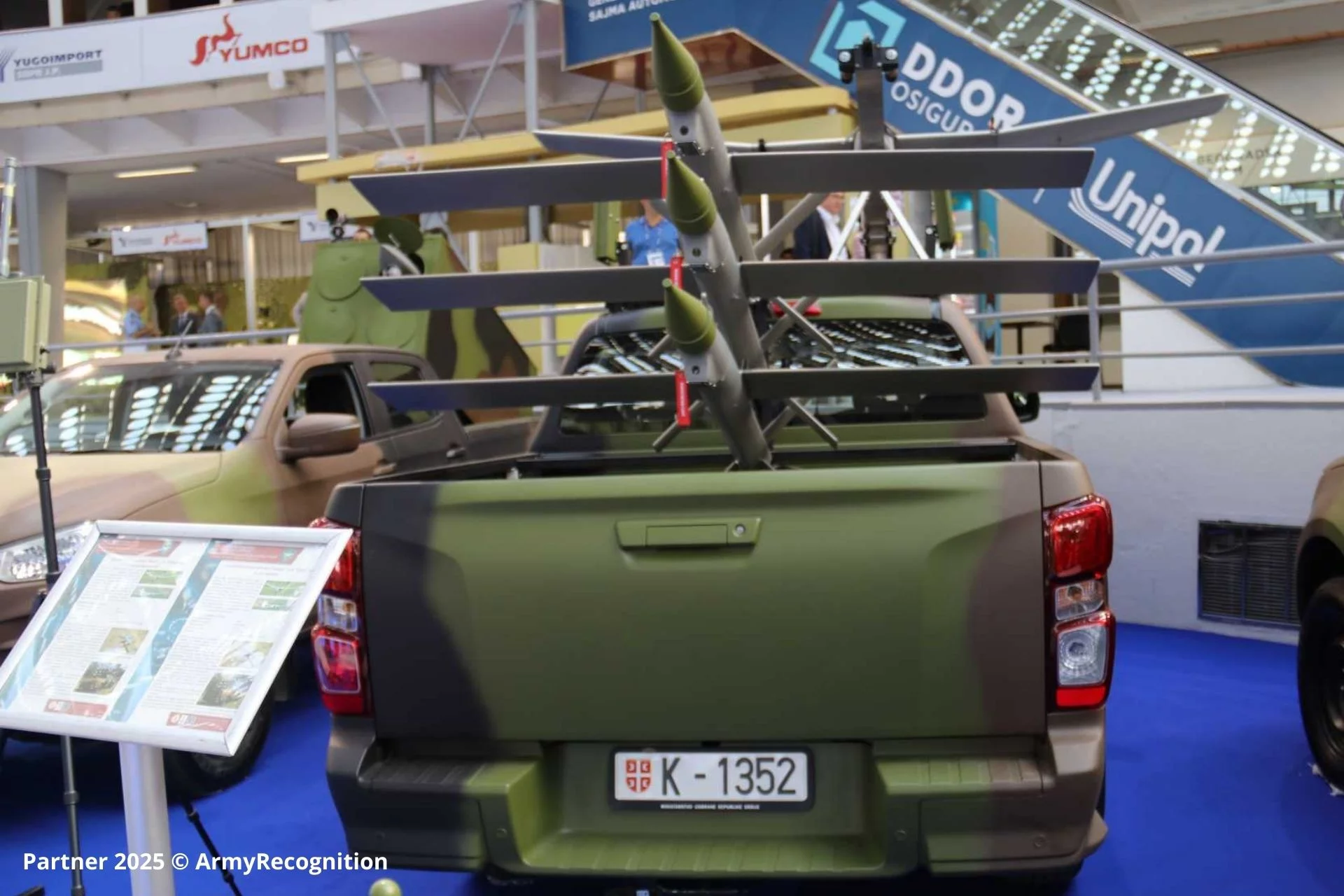In a move that’s sending shockwaves through military circles, FN America has just dropped a bombshell on the Department of Defense: the arrival of two cutting-edge weapon systems poised to revolutionize how U.S. forces engage the enemy. On October 8, 2025, the Belgian-American firearms powerhouse delivered prototype samples of the Lightweight Intermediate Caliber Carbine Individual Weapon System (LICC-IWS) and the LICC Assault Machine Gun (LICC-AMG) straight to the DoD’s Irregular Warfare Technical Support Directorate (IWTSD). This isn’t just another arms delivery—it’s a full-spectrum package complete with specialized 6.5×43mm ammunition, state-of-the-art suppressors, hands-on training modules for unit-level maintenance, and freshly minted National Stock Numbers (NSNs) that pave the way for rapid procurement and field testing.
Picture this: squads of elite operators, bogged down in the dusty chaos of urban sprawl or the dense jungles of irregular warfare hotspots, suddenly armed with weapons that don’t just match the enemy’s firepower but obliterate it in terms of range, precision, and control. The LICC family, chambered in a bespoke 6.5×43mm round, is engineered from the ground up to deliver “squad overmatch”—that elusive edge where American troops can outshoot adversaries at distances that leave legacy systems like the M4 carbine gasping for breath. We’re talking about a lightweight ecosystem that’s 20% lighter on ammo weight thanks to innovative stainless-steel cases, ditching the heavy brass of old while cranking up accuracy and effective engagement ranges well beyond the 5.56mm’s comfort zone. It’s not hyperbole; early tests with Army Marksmanship Unit sharpshooters have clocked this beast at roughly twice the precision of an M4A1, all while feeling as intuitive as your grandpa’s old service rifle.
Let’s dive deeper into the star of the show: the LICC-IWS, anchored by FN’s Improved Performance Carbine (IPC). This isn’t some off-the-shelf tweak—it’s a purpose-built marvel of modern engineering. At its heart lies a robust long-stroke gas piston system, beefed up with multiple buffers to iron out recoil like a pro boxer dodging punches. Add in a self-regulating gas mechanism with a simple on-off switch, and you’ve got a rifle that’s whisper-quiet and laser-accurate even under full suppression. Ambidexterity is baked in from the trigger to the controls, ensuring lefties and righties alike can wield it without a hitch. The takedown? Genius-level simple, designed for battlefield swaps in seconds. And that buttstock? It’s a chameleon’s dream—highly adjustable, collapsible, and foldable to either side for those tight-quarters maneuvers where every inch counts.
But versatility is where the IPC truly shines. FN isn’t putting all their eggs in one basket; they’ve rolled out three barrel lengths to suit every mission profile under the sun. The compact 12.5-inch stubby for close-quarters battle (CQB) in rat-maze cities like those we’ve seen in recent Middle East ops. The standard 14.5-inch for all-around squad duty, balancing maneuverability with punch. And for those designated marksman roles where you need to thread the needle at 500 yards? The 18-inch extended tube delivers. Fed from reliable 25-round polymer magazines, and always paired with a tailored signature suppressor that tames muzzle flash and noise without choking the gas flow, this carbine is ready for the shadows of special ops or the glare of conventional firefights.
Now, shift your gaze to the belt-fed brute in the family: the LICC-AMG. Born from the evolutionary DNA of FN’s acclaimed Evolys platform, this assault machine gun flips the script on traditional light machine guns (LMGs). Chambered in the same 6.5×43mm to keep logistics as streamlined as a supply drop, it boasts a continuous monolithic top rail for optics that won’t budge under sustained fire. The real game-changer? An innovative side-feed system using lightweight metallic links that shed pounds without sacrificing reliability—think fewer jams, faster reloads, and a profile that’s easier to hump through rough terrain. It ships with its own dedicated suppressor, ensuring your position stays a ghost in the machine.
In head-to-head prototype showdowns, the AMG has already humbled its predecessors. FN’s data shows it outpacing the MK 48 in full-auto string accuracy, while posting across-the-board wins in lethality, durability, balance, and sheer controllability over the venerable M249 SAW and its MK 46/48 cousins. Imagine a gunner laying down suppressive fire that’s not just a wall of lead but a scalpel of precision—hitting soft targets behind cover at ranges that would make a 5.56mm blush. With NSNs locked in for multiple IWS variants and a duo of suppressors, the red tape for evaluation across the joint force—Army, Navy, Marines, Air Force, and SOCOM—is already shredded. These guns aren’t languishing in a lab; they’re primed for real-world trials by the operators who live or die by their tools.
So, why does any of this matter in the grand chessboard of modern warfare? The LICC suite is laser-focused on irregular warfare—those asymmetric scraps where U.S. forces tangle with insurgents, advise shaky allies, or dismantle terror networks in denied areas. Traditional full-power 7.62mm setups? Too heavy, too much kick, turning soldiers into pack mules before the fight even starts. Hybrid 6.8mm experiments like the Army’s Next Generation Squad Weapons (NGSW)? Promising, but still lugging extra weight and recoil that can fatigue a fireteam mid-patrol. Enter the 6.5×43mm: a sweet-spot caliber that’s lighter on the loadout, gentler on the shoulder, and suppressor-friendly to a fault. The result? Higher hit probabilities in frantic bursts, superior control in the concrete canyons of urban hellscapes, and stealthier ops for training foreign partners without broadcasting your position to every drone in the sky.
This delivery couldn’t come at a more pivotal time. The U.S. military is in the throes of a small-arms renaissance, with the NGSW program’s M7 rifle and M250 automatic rifle—both in 6.8mm and paired with the XM157 smart optic—rolling out to infantry units for that critical edge against near-peer threats kitted in advanced body armor. The LICC, while charting its own 6.5mm course, echoes the same battle cry: extend your reach, pierce the veil, and keep your squad light on its feet. For the IWTSD, whose mandate is to fast-track prototypes into the hands of irregular warfare task forces (and even coalition buddies via bilateral pacts), the LICC screams “export-ready.” Picture joint exercises with NATO allies or Pacific partners, where a unified 6.5mm ammo chain means no more ammo mismatches mid-mission.
Of course, the road ahead isn’t paved with roses. Technical and support tests will scrutinize everything from endurance in mud-soaked fields to parts commonality with existing inventories. Will the stainless-steel cases hold up in extreme climates? Can armorers swap barrels on the fly without a manual? And crucially, does this family integrate seamlessly with the NGSW’s fire-control wizardry, or will it carve its own niche in SOCOM’s black-bag world? FN’s betting big, and with the NSNs in place, the DoD’s got the green light to find out.
As whispers of great-power competition grow louder—from the steppes of Eastern Europe to the South China Sea—the LICC represents more than metal and powder. It’s a statement: America’s warfighters aren’t just adapting; they’re dictating the terms of engagement. Stay tuned—these tests could crown a new king of the carbine throne, or spark a caliber war that’ll echo through the Pentagon for years. One thing’s certain: when the dust settles, the battlefield will never be the same.




